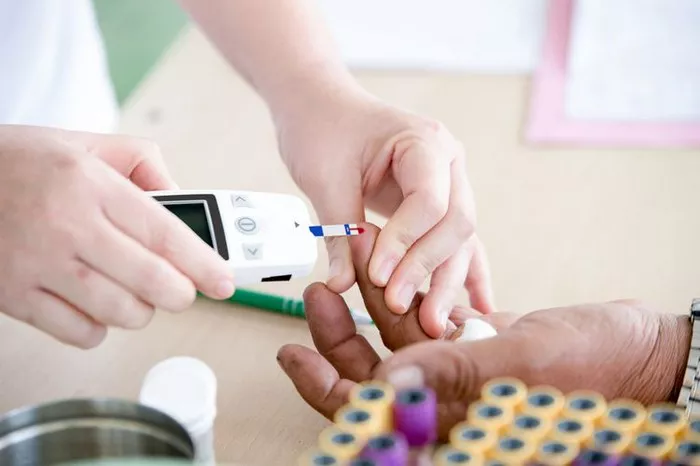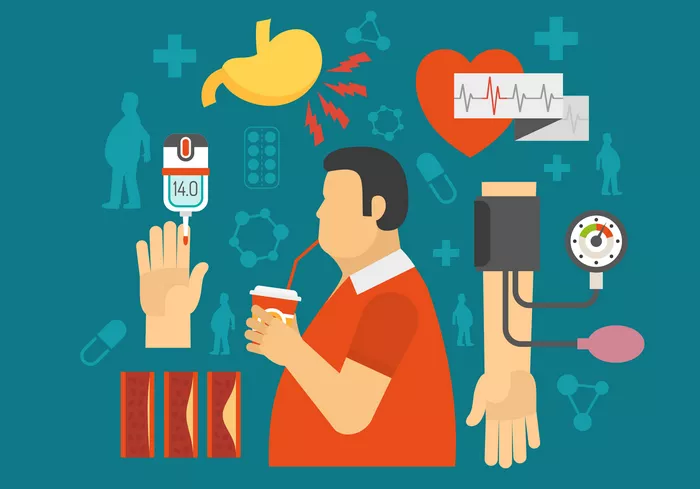When discussing diabetes, the two types most commonly mentioned are type 1 and type 2. But there’s another, lesser-known variant that combines elements of both: type 1.5 diabetes, also known as latent autoimmune diabetes in adults (LADA). Despite its hybrid nature, this form of diabetes often flies under the radar and is frequently misdiagnosed.
Recent awareness of this condition increased when Lance Bass, member of the iconic American pop group NSYNC, disclosed that he has been diagnosed with type 1.5 diabetes. But what exactly is this type of diabetes, and how is it treated?
Understanding the Spectrum of Diabetes
Diabetes mellitus is not a single condition but a group of disorders characterized by elevated blood glucose levels. Among the many types of diabetes, the two most prevalent are type 1 and type 2.
Type 1 diabetes is an autoimmune disease. The body’s immune system mistakenly attacks the insulin-producing cells in the pancreas, drastically reducing or halting insulin production. Because insulin is essential for moving glucose from the bloodstream into cells for energy, people with type 1 diabetes must take daily insulin.
Conversely, type 2 diabetes occurs when the body’s cells gradually develop resistance to insulin, and the pancreas can no longer produce enough insulin to compensate. Though people with type 2 still produce insulin, its effectiveness is diminished. Type 2 diabetes is typically seen in adults but is increasingly diagnosed in younger individuals. Its management often includes lifestyle modifications, oral medications, and sometimes insulin therapy.
How Type 1.5 Diabetes Differs from Type 1 and Type 2
Type 1.5 diabetes shares characteristics with both type 1 and type 2 diabetes. Like type 1, it is an autoimmune condition where the immune system attacks insulin-producing cells. However, it progresses more slowly. Unlike type 1, where insulin is immediately necessary upon diagnosis, people with type 1.5 diabetes often don’t require insulin until a few years later. Most will need insulin within five years of being diagnosed.
Another key difference is that type 1.5 diabetes usually develops in people over 30, unlike type 1, which is typically diagnosed in children and young adults. It shares genetic and autoimmune risk factors with type 1, but there are also lifestyle influences, such as obesity and physical inactivity, which are more commonly associated with type 2.
Symptoms and Treatment of Type 1.5 Diabetes
The symptoms of type 1.5 diabetes vary widely between individuals. Some experience no symptoms, while others may face:
- Increased thirst
- Frequent urination
- Fatigue
- Blurred vision
- Unintentional weight loss
Initially, type 1.5 diabetes is often managed with oral medications to maintain normal blood glucose levels. Regular blood sugar monitoring may also be necessary, depending on the individual’s medication and glucose control. As the condition progresses and blood glucose levels increase despite medication, insulin therapy may be introduced. However, there are no universally established guidelines for the treatment of type 1.5 diabetes, making management highly individualized.
Misdiagnosis: A Common Issue
Type 1.5 diabetes is frequently misdiagnosed as type 2. This was the case with Lance Bass, who was initially told he had type 2 diabetes. Misdiagnosis is common, with estimates suggesting that 5–10% of people with type 1.5 diabetes are mistakenly diagnosed with type 2.
Several factors contribute to this. Diagnosing type 1.5 requires special antibody tests to detect autoimmune markers, but not all health professionals routinely order these tests. Misdiagnosis is also more likely because type 1.5 typically occurs in adults, a group more commonly associated with type 2 diabetes. Furthermore, the slow progression of type 1.5 diabetes, and the fact that patients still produce some insulin initially, can make it appear more like type 2 diabetes.
The Need for Greater Awareness
There is still much to learn about type 1.5 diabetes, particularly its prevalence in non-European populations. In 2023, it was estimated that type 1.5 diabetes made up 8.9% of all diabetes cases, a figure close to the prevalence of type 1 diabetes. However, more research is needed to clarify its frequency and characteristics.
One major challenge is the lack of awareness and clear diagnostic criteria, which has hindered progress in understanding this condition. A misdiagnosis can lead to confusion and unnecessary stress for patients. In the case of type 1.5, a misdiagnosis as type 2 could delay necessary insulin treatment, potentially worsening the patient’s health and increasing the risk of complications.
Accurate diagnosis is crucial for appropriate treatment, reduced healthcare costs, and alleviating diabetes-related stress. If you suspect you have diabetes or feel uncertain about your diagnosis, it’s important to monitor your symptoms and discuss your concerns with your healthcare provider.
Related topics:
Study Links Meat Consumption to Increased Risk of Type 2 Diabetes
Innovative Program Integrates Pharmacists into Supermarket Experience to Combat Prediabetes
New Study Links Type 2 Diabetes to Increased Risk of Alzheimer’s Disease
























